Love is love.
It comes in all shapes, colors, and forms.
This fundamental human connection is true in various situations, regardless of the setting or the persons involved.

But things weren’t always this way.
The Maryland General Assembly enacted a legislation prohibiting interracial marriage in 1691.
The Civil War made the problem worse, and by the 1920s, it was a legal requirement in close to 30 states.
Love, as strong as it is, survived that hurricane of prejudice and hatred.
Interracial weddings attracted some strange stares in 1966.
However, considering that it might occasionally be more aggressive than that, that was the least violent response.
Two persons made the decision to be married that year.
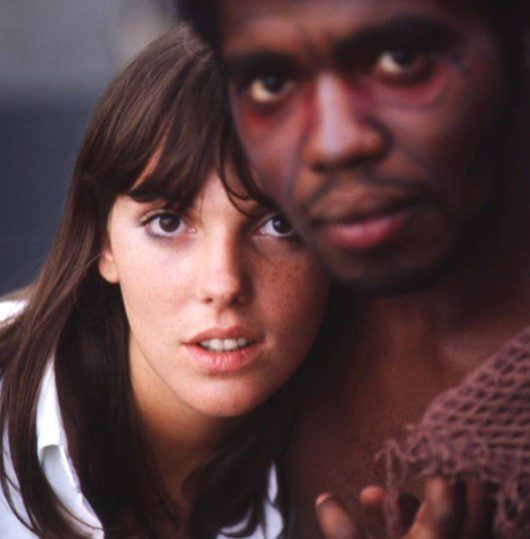
Tyne Daly and Georg Stanford Brown were prepared to stand up to the discrimination they would encounter because they were certain of their desire to be together.
Each of the two was a shining figure in their own right.
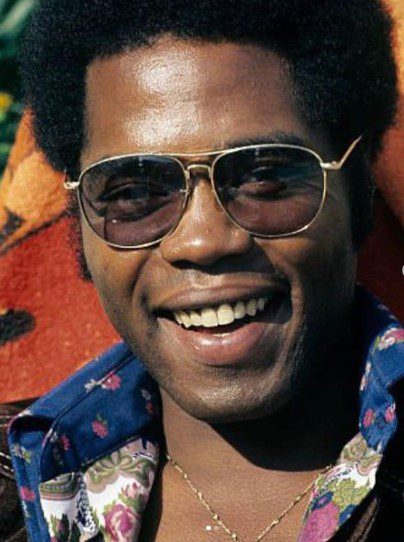
To finance for his enrollment at the American Musical and Dramatic Academy, where he met his wife, Brown worked as a janitor.
He was known for his roles in “The Rookie”, “Roots, and “The Comedians.” He also won a Primetime Emmy Award for Best Director for “Cagney & Lacey.”
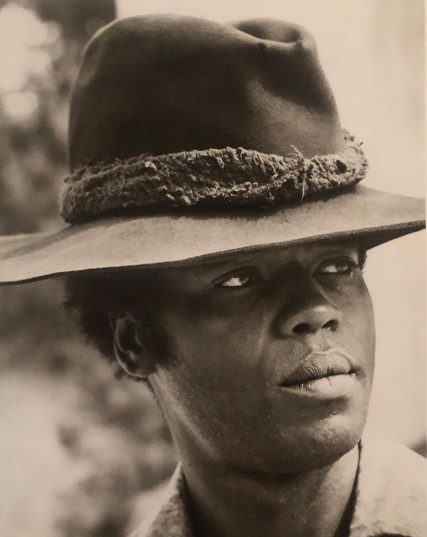
Theater is where Daly discovered her calling.
When she played Lacey in “Cagney & Lacey,” she collaborated with Brown as well.
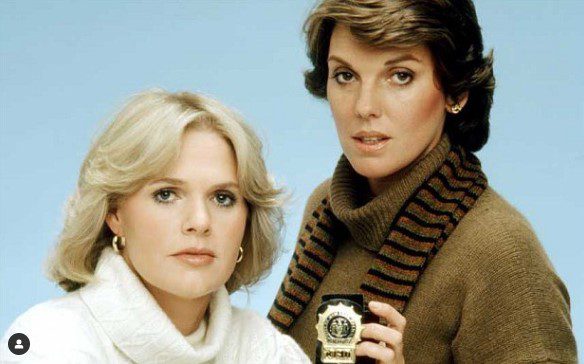
She was later admitted to the American Theater Hall of Fame in 2011.
In their early years, Brown and Daly disregarded the ideas of others.
But you can’t always turn the other cheek.
When Brown and Daly appeared on “The Rookies,” it was one of the most apparent offenses against their marriage.
Censors removed the whole moment after the pair experienced their first on-screen interracial kiss.
They did not react. And they insisted on showing the part with the help of their relatives.
But they wouldn’t have to stay hidden for long.
A 1967 court ruling would have an impact on the entire country and establish a new standard based on freedom and love for all future eras.
In Loving v. Virginia, Chief Justice Earl Warren upheld the Lovings’ position and effectively overturned Virginia’s anti-interracial marriage statutes.
According to him, the 14th Amendment rights of those affected by the prohibition are violated.
But even before that, Daly loved Brown for who he was—not for the color of his skin.
She didn’t view their union as being “interracial.” She argued that their relationship was identical to that of any other couple who had chosen to start a family.
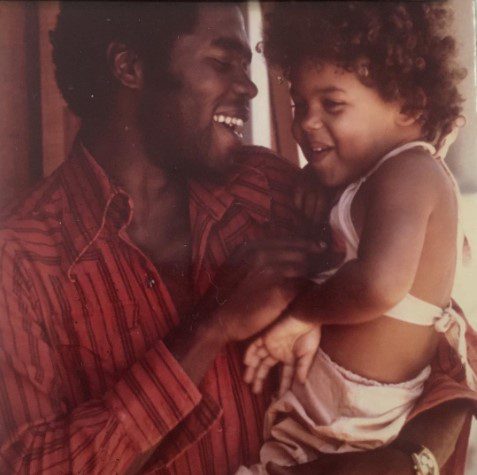
They had three daughters, Alisabeth Brown, Kathryne Dora Brown, and Alyxandra Beatris Brown.
And even though they separated after 24 years of marriage, they continued to demonstrate that love is love, regardless of race.
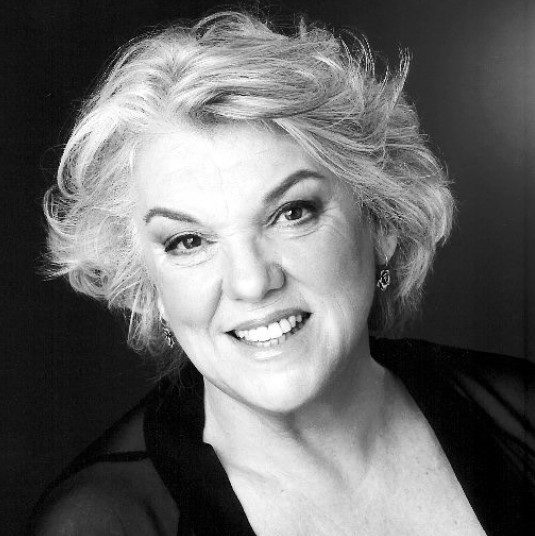
Daly persisted in fighting for the love they were able to feel even after their divorce.
Daly gave a speech during one of her performances following the Supreme Court of the United States’ decision to approve homosexual marriage.
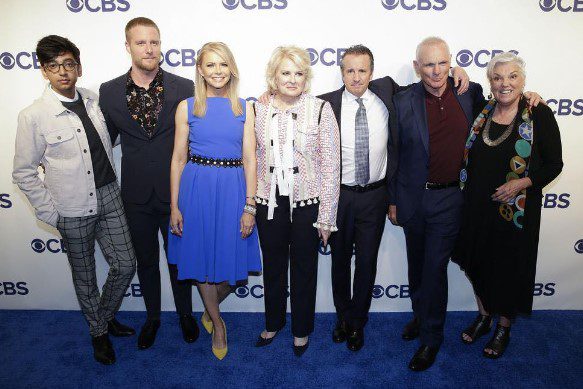
She stood up to advocate for others as well since she experienced prejudice due to the expressing of love.
“Hate is very strong, but love is stronger.” She said in her speech, quoting a line from a newspaper.
